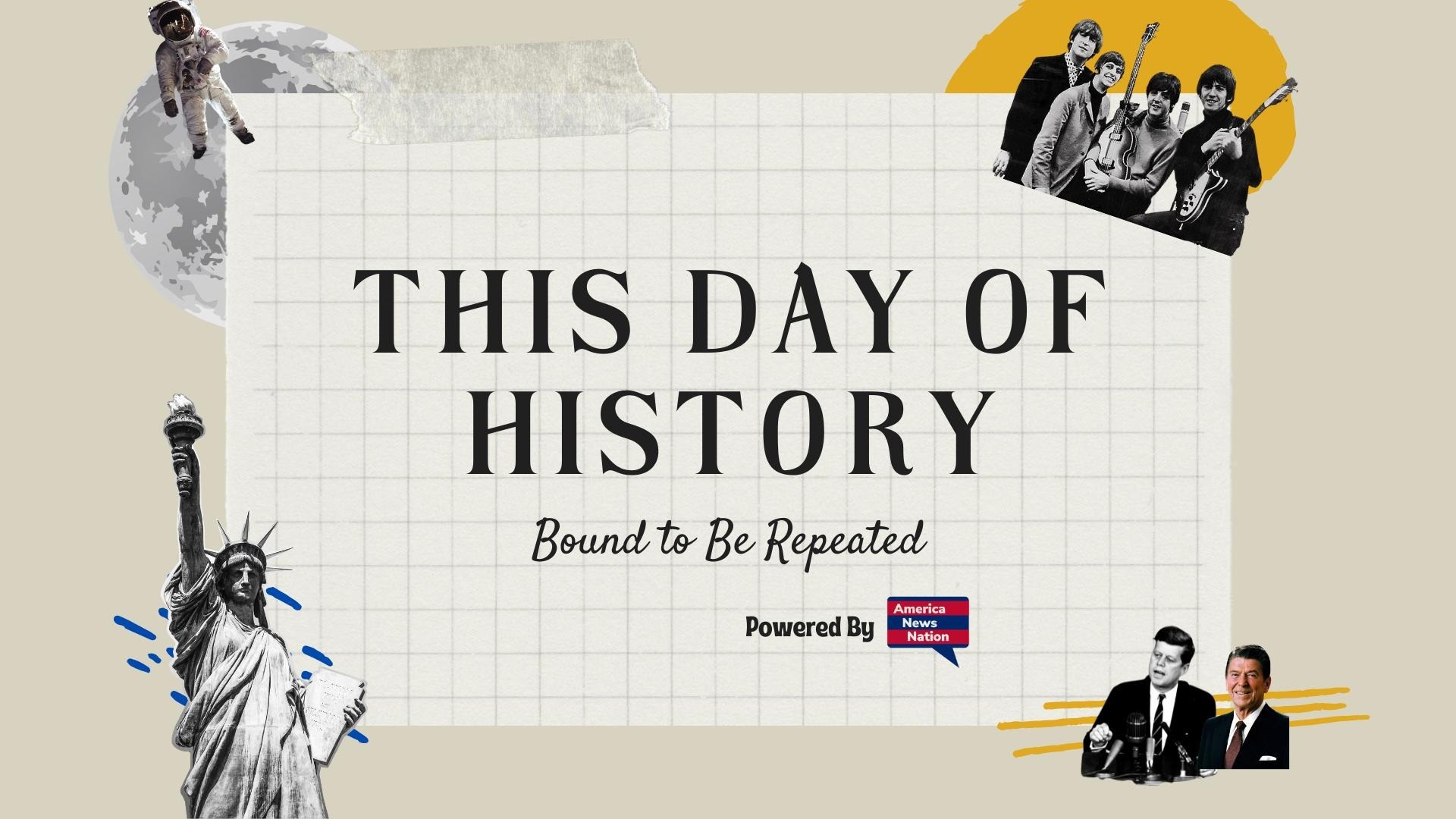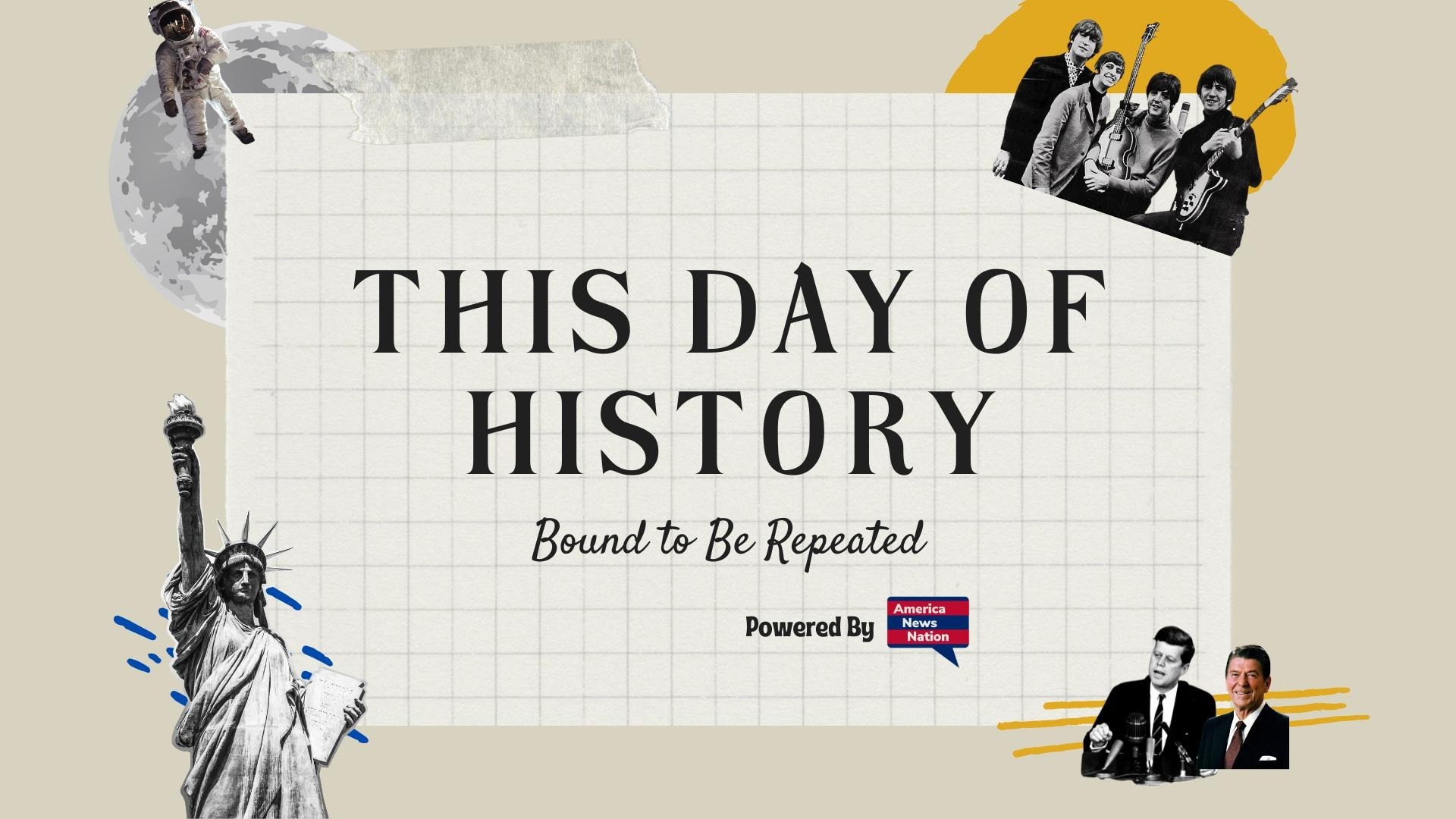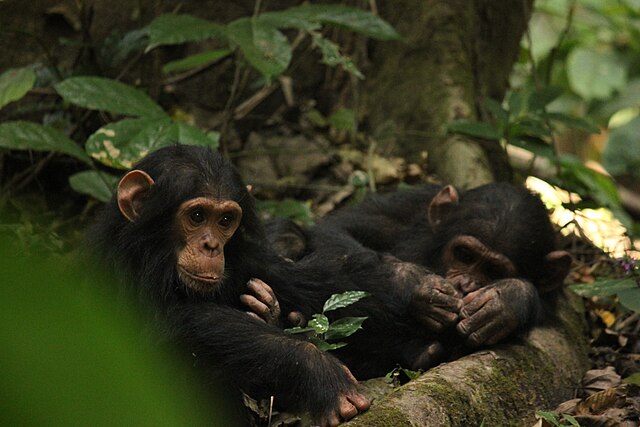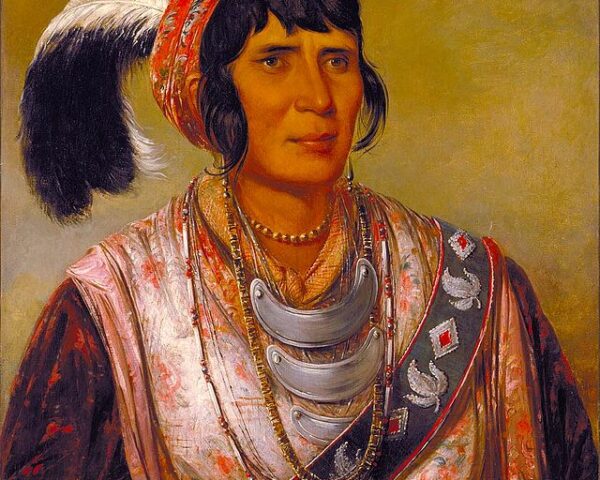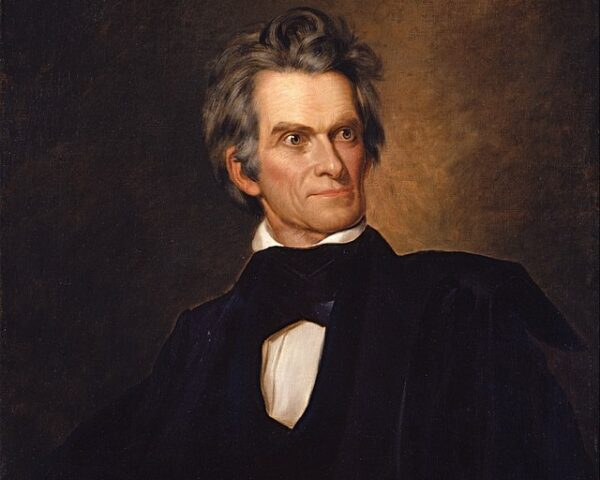On July 14, 1960, a 26-year-old British woman named Jane Goodall arrived at the Gombe Stream Chimpanzee Reserve in Tanganyika (modern-day Tanzania), launching what would become one of the most significant and enduring studies of animal behavior in history. With no formal scientific training or university degree at the time, Goodall’s arrival in Gombe marked the beginning of a revolutionary approach to primatology—one that would upend conventional understandings of the line between humans and animals.
Goodall’s journey to Gombe began with a childhood fascination with animals, nurtured by books like The Story of Doctor Dolittle and Tarzan of the Apes. That curiosity led her to Africa, where she met renowned paleoanthropologist Louis Leakey. Leakey, impressed by her keen observational skills and passion, believed that studying wild chimpanzees—humankind’s closest genetic relatives—might shed light on early human behavior. Though unconventional in his choice, Leakey selected Goodall to spearhead the fieldwork, believing that her lack of formal scientific bias would allow her to observe with fresh eyes.
Upon arriving at the Gombe reserve on the shores of Lake Tanganyika, Goodall faced numerous challenges. The terrain was rugged, the climate humid, and the chimpanzees initially fled at the sight of a human. To get closer to them, Goodall adopted an unorthodox strategy: she would observe quietly from a distance and gradually gain their trust through patient habituation. She also gave the chimpanzees names—such as David Greybeard, Goliath, and Flo—eschewing the scientific convention of numbering animals. This move drew criticism from some in the scientific community, who argued that anthropomorphizing research subjects could lead to bias. But Goodall insisted that recognizing individual personalities was essential to understanding social behavior.
Her intuitive approach soon yielded groundbreaking insights. Within her first few months, she made a stunning discovery: chimpanzees use tools. She watched as David Greybeard stripped leaves from twigs to create makeshift termite fishing sticks—evidence that chimps not only used tools but also modified them for specific purposes. This observation, reported back to Leakey, sent shockwaves through the scientific world. Until then, it had been widely accepted that tool-making was a uniquely human trait. Leakey famously responded, “Now we must redefine ‘tool,’ redefine ‘man,’ or accept chimpanzees as humans.”
Goodall’s other findings were equally transformative. She documented complex social structures, affectionate mother-infant bonds, cooperative hunting behavior, and even instances of warlike aggression between chimpanzee groups. These behaviors revealed that chimpanzees were capable of a wide range of emotions and moral ambiguity—qualities once thought exclusive to humans. In doing so, Goodall helped dismantle the rigid boundary that had long separated Homo sapiens from the rest of the animal kingdom.
Over the years, Goodall’s project at Gombe expanded into a long-term field study, now the longest continuous research of wild chimpanzees in the world. The Gombe Stream Research Center, founded in 1965, has trained generations of Tanzanian scientists and continues to contribute vital data on primate behavior, ecology, and conservation.
Goodall herself would go on to earn a Ph.D. in ethology from the University of Cambridge in 1966, one of the few universities allowed to do so without a prior undergraduate degree. She later shifted her focus from pure research to global advocacy. In 1977, she founded the Jane Goodall Institute, which supports conservation efforts and promotes youth education through her Roots & Shoots program. She has also become an outspoken critic of animal testing and habitat destruction, using her scientific authority to push for ethical and environmental reforms.
Today, Jane Goodall is regarded not only as a pioneering primatologist but also as one of the world’s foremost advocates for animals and the environment. Her work at Gombe fundamentally changed how we see ourselves and our place in the natural world. What began as a quiet observation in a remote corner of Africa on July 14, 1960, evolved into a global movement of science, compassion, and activism—one that continues to inspire new generations to listen to nature, and to act in its defense.
